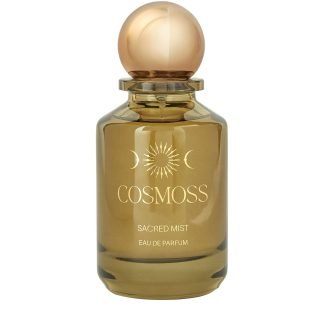First, how to say it: ‘sheep-ra’. (From the French for Cyprus – not, as is often suggested, the cypress tree.) There are suggestions that chypre fragrance construction dates back to Roman times, and ‘chypre’ as the name for an accord is often mentioned in 18th Century perfume manuals. (This family was named after the island of Cyprus – birthplace of Aphrodite, the goddess of love – hence the slightly baffling category name; a lot of the aromatic plants which feature in chypre scents flourish on that island.)
Guerlain had two chypre fragrances in their range, early on: Chypre de Paris and Chypre. But this mossy, animalic type of fragrance was certainly popularised by pioneering perfumer François Coty, who launched a hugely successful scent (also called ‘Chypre’), in 1917, setting feminine perfumery on a whole new, sophisticated course.
Chypre fragrances are warm and dry and almost all built round a woody, mossy accord of bergamot, oakmoss, patchouli and labdanum (from the cistus, or ‘rock rose’, plant). Elements of flowers, fruits or woodiness are sometimes played up in chypre fragrances – so this family has a few ‘relations’, within it.







